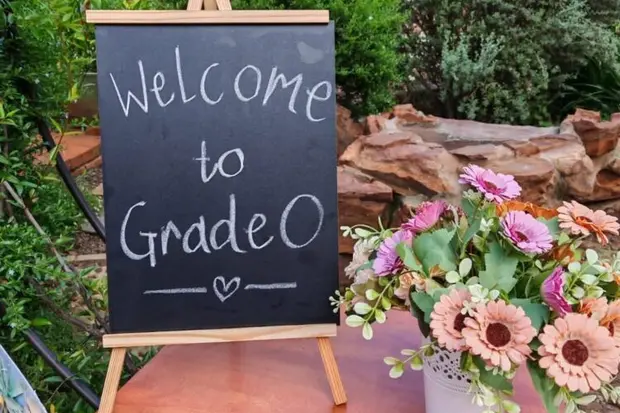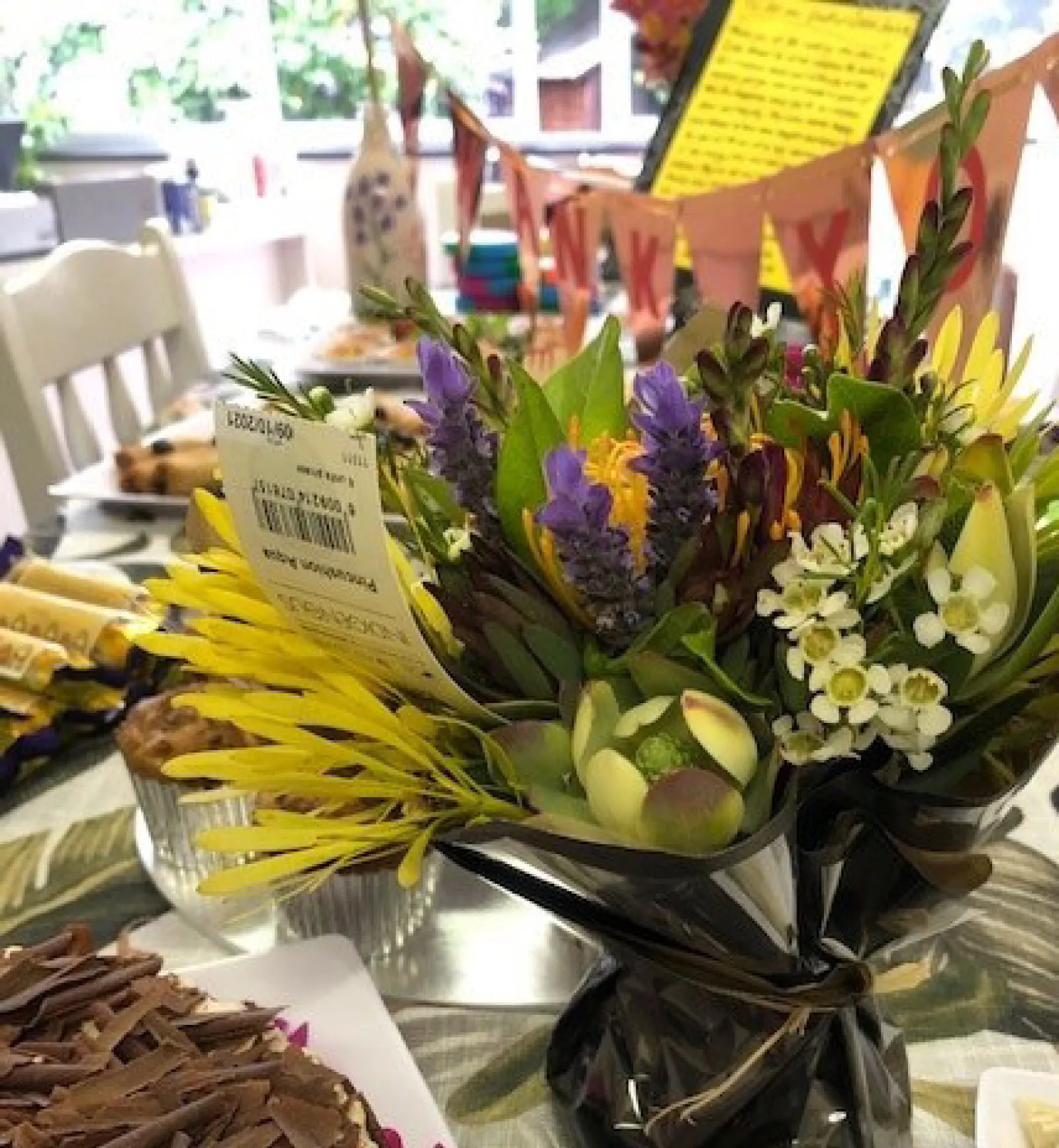From the Junior School head’s desk: 8 October 2021
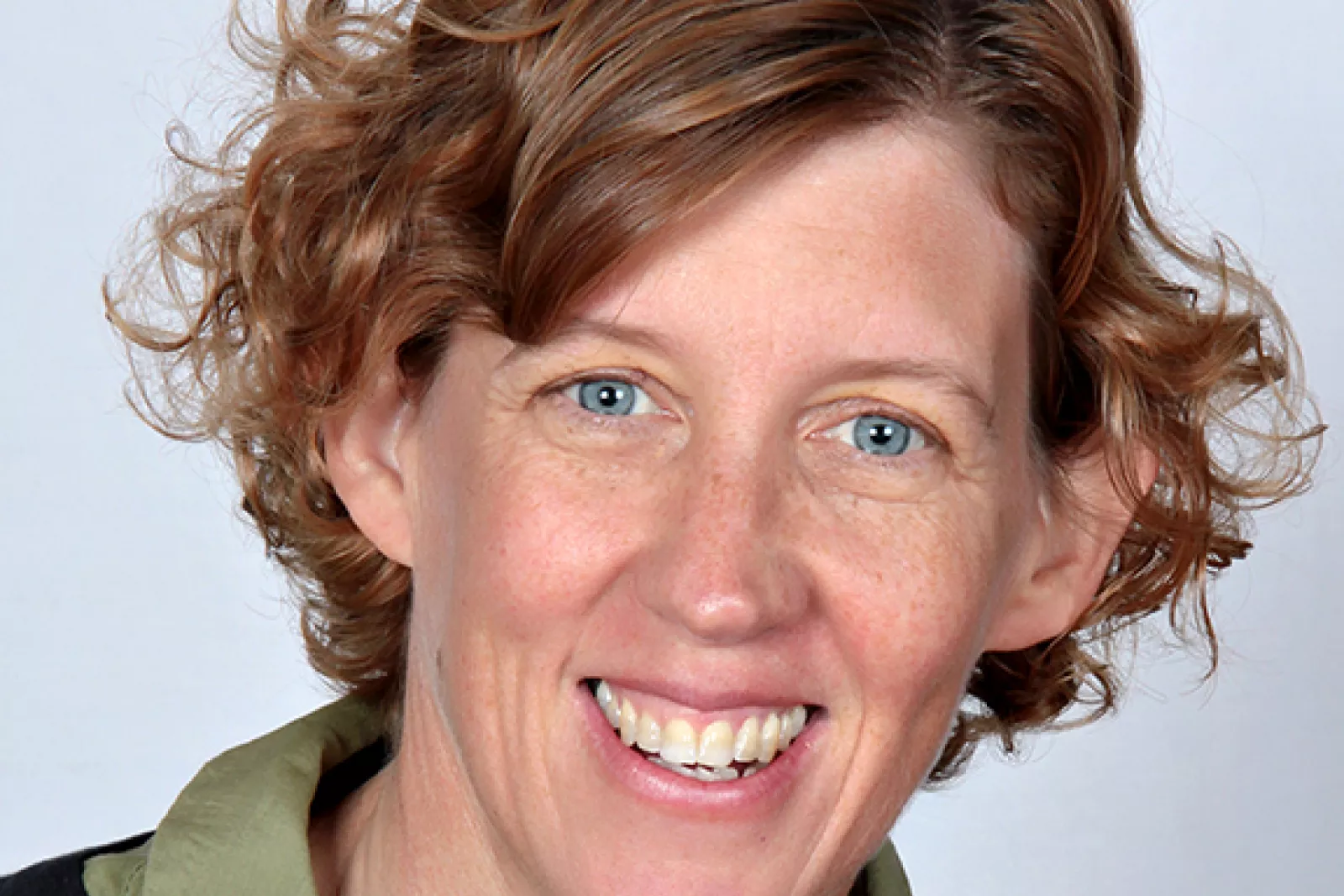
Earlier this week, Tuesday to be exact, we acknowledged World Teachers’ Day, which commemorates the adoption in 1966 of the ILO/ UNESCO Recommendation concerning the Status of Teachers. According to the Unesco website, “The Recommendation sets benchmarks regarding the rights and responsibilities of teachers, and standards for their initial preparation and further education, recruitment, employment, and teaching and learning conditions.” World Teachers’ Day has been celebrated since 1994.
The theme of this year’s celebrations – “Teachers at the heart of education recovery” – reflects concerns worldwide about the effects of the Covid-19 pandemic on teaching and learning. A World Teachers’ Day Fact Sheet published on the same website provides data on vaccination rates among teachers, the size of the teacher workforce, pupil-teacher ratios (also referred to as learner-educator ratios), teacher training (on pedagogy and effective use of technologies, along with professional, psycho-social and emotional support) and the status of the profession. Most worrying for our continent is the information on teacher shortages and the fact that they remain most acute in sub-Saharan Africa.
In an article published online in September this year, education economist Martin Gustafsson and Tsekere Maponya (deputy director at the Department of Basic Education’s Human Resource Planning, Provisioning and Monitoring unit) analysed the projected effects of a large wave of retirements among South African teachers – peaking around 2030 and ending in 2040 – on the educational landscape in the country. While acknowledging this as an opportunity for younger teachers to enter the profession, Gustafsson and Maponya questioned the capacity of universities to rapidly increase the output of teacher graduates and identified the consequences of an undersupply of teachers for class sizes in the already over-burdened public sector.
While the situation in independent schools is demonstrably easier at this stage, it is clear that the general outlook for education in our country will be improved only through careful planning and consultation among different bodies, including tertiary training programmes and primary and secondary schools in both the private and public sectors.
In the meantime, we remain grateful to our teachers for the care and guidance they give our children, and for the small, daily acts of kindness and recognition they extend beyond the classroom, to their colleagues at St Mary’s and other schools, to our parents, and to teacher interns training on our campus, visiting from outside institutions, or learning from them online.
The acknowledgement and support of our teachers by the St Mary’s community over the last 18 months of adjusted learning and teaching has been vitally important. What the class reps in the Junior School did on World Teachers Day with their magnificent display of flowers and festive bunting in our staff rooms (like the famous scene in The Great Gatsby when “a greenhouse arrived [at Nick Carraway’s house], with innumerable receptacles to contain it”) and the provision of platters of sweet and savoury food prepared by Olives & Plates and spread across the tables was wonderfully, outrageously uplifting.
Their gesture, accomplished while the teachers were busy in their classrooms, and discovered by them at different stages of the day, felt like “a brisk symbol of optimism,” or poet Philip Larkin’s “enormous yes” – thank you to Donna Vance and her team for a magical day.
SARAH WARNER
JUNIOR SCHOOL HEADMISTRESS
Related News
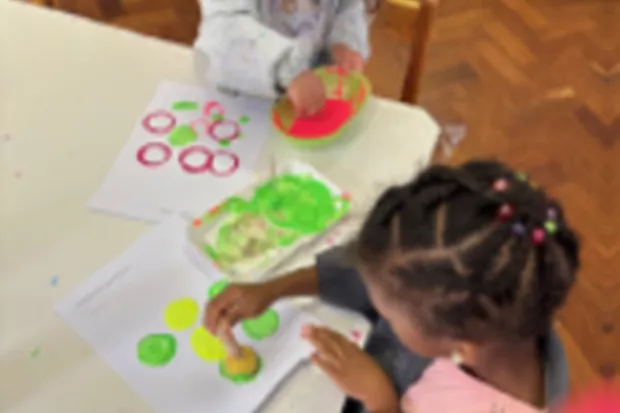
Little Saints News
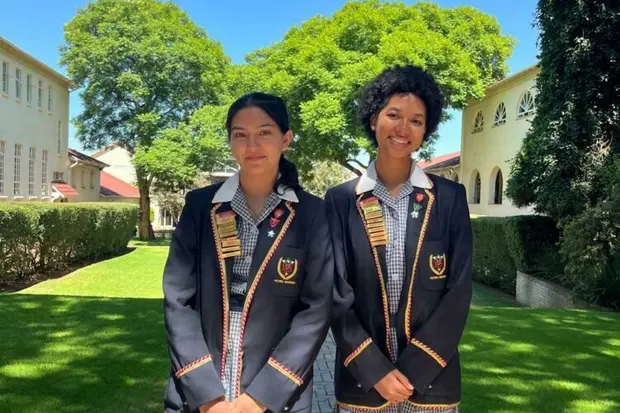
From the Senior School head's desk: 31 January 2025
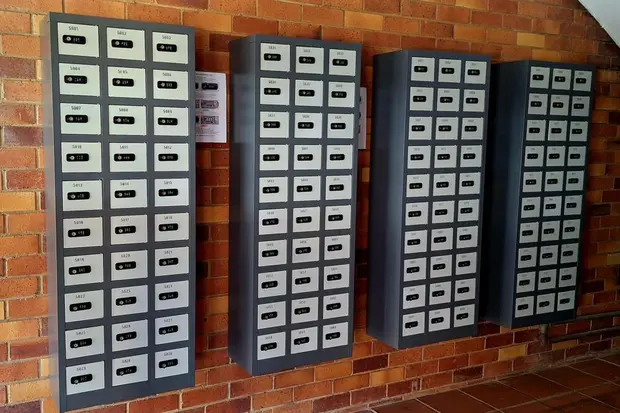
Cellphone-free academic time
